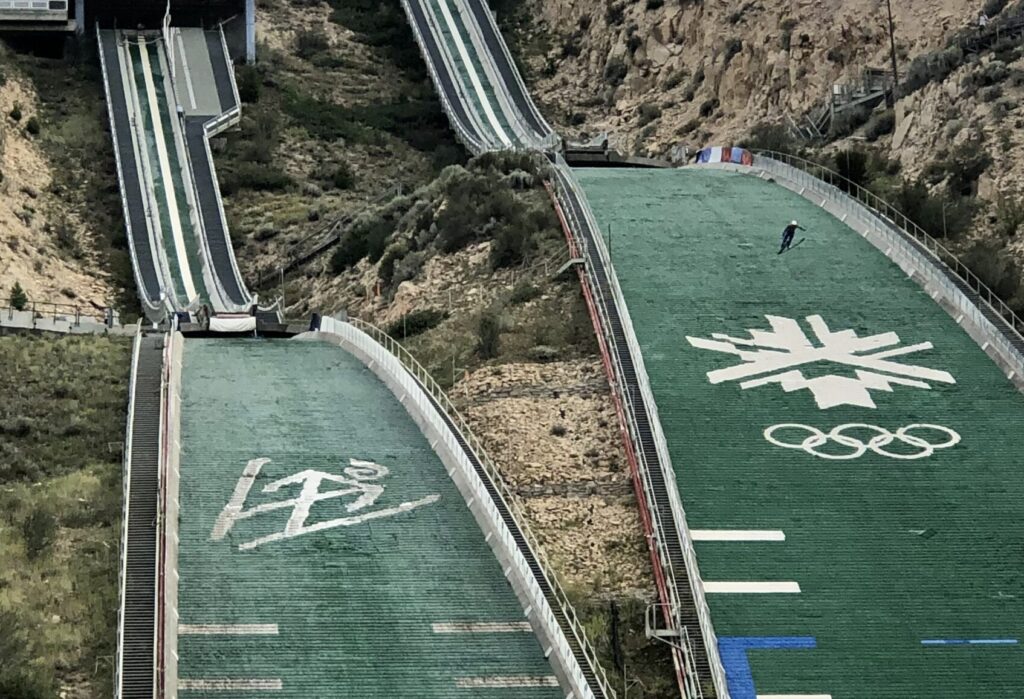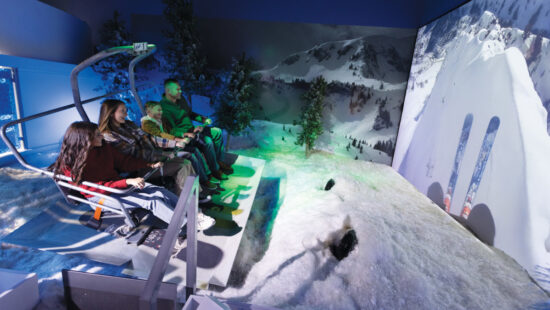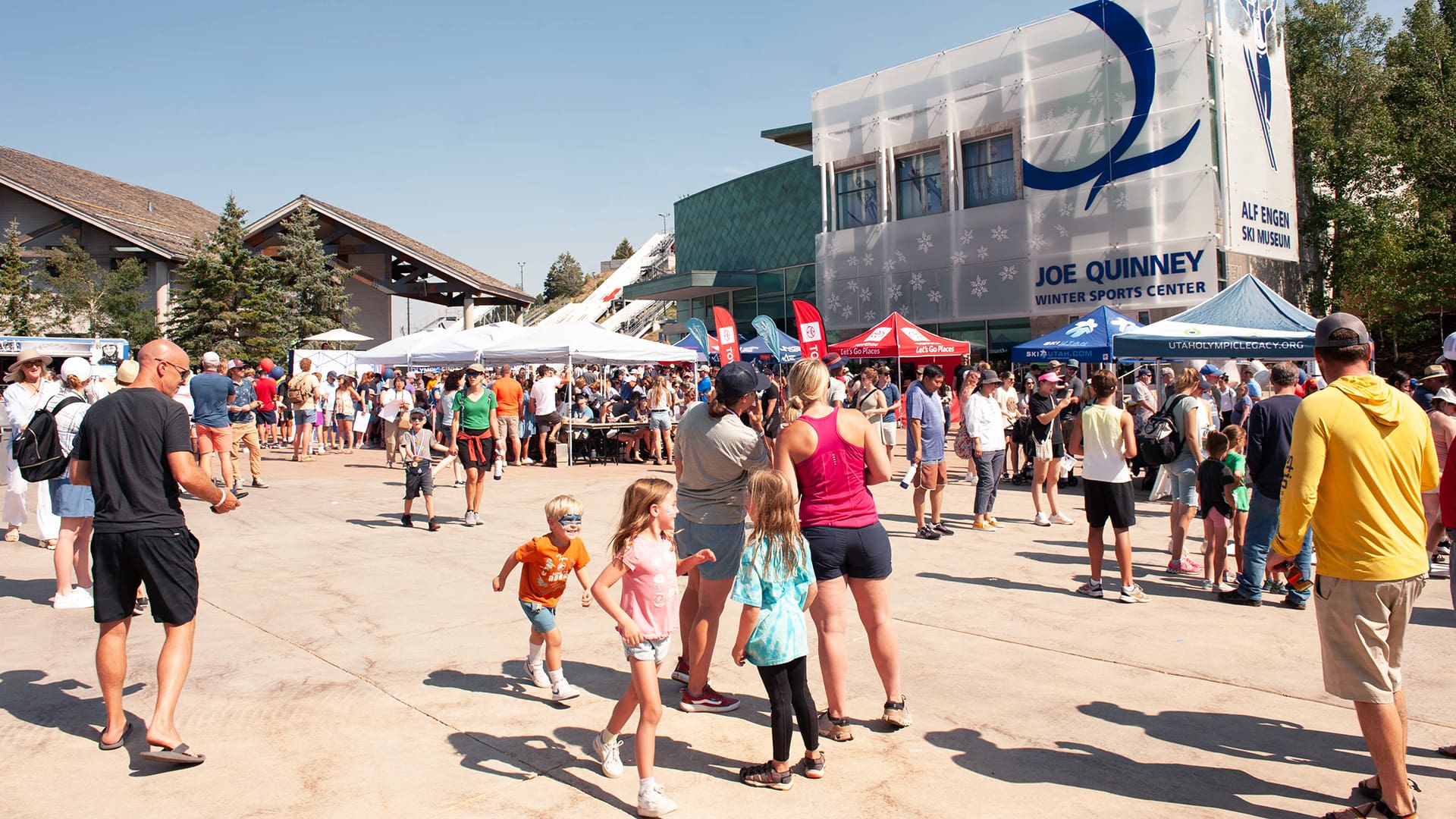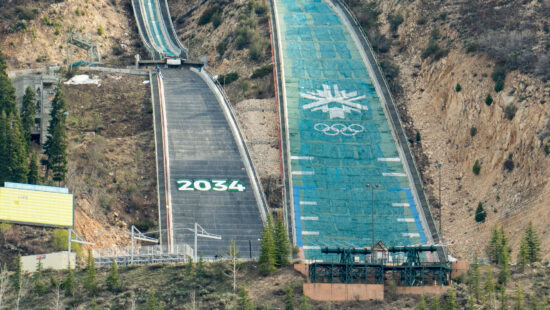Sports
Iconic Olympic imagery’s evolution
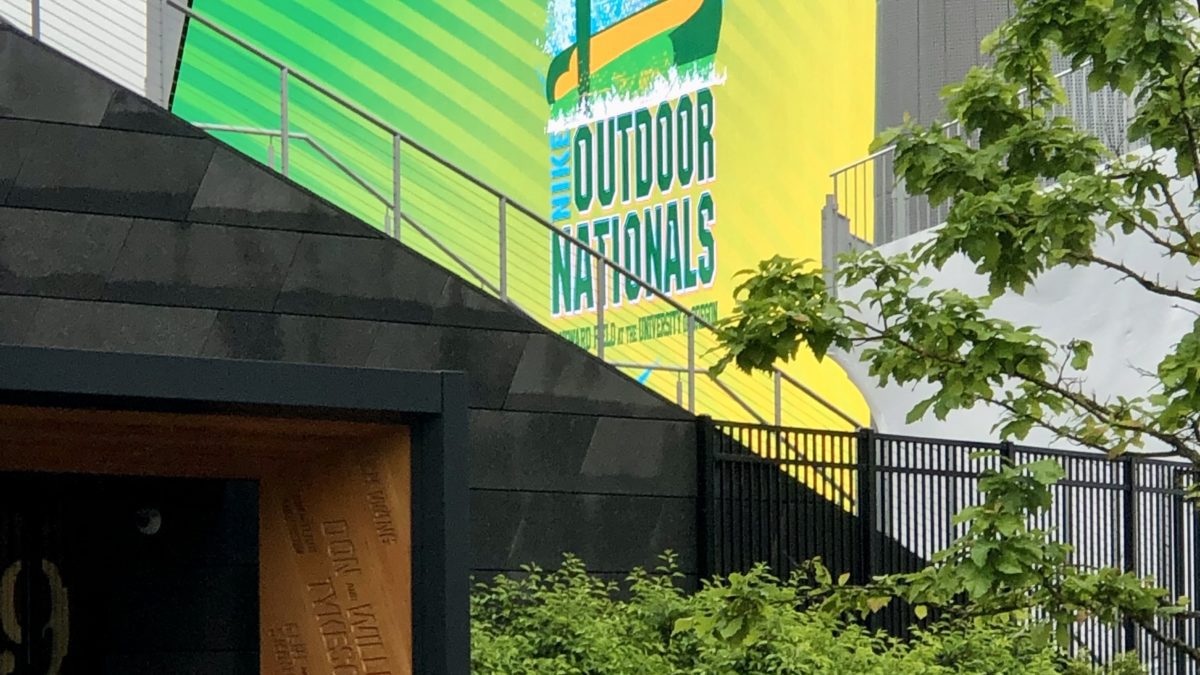
Everyone looking up from Kimball Jct. at the Utah Olympic Park, whether they knew they were looking at nordic ski jumps or not, they saw a white artistic ski jumper depicted for the last 25 years where they now see solid green. Photo: Michele Roepke
PARK CITY, Utah — Since the Salt Lake 2002 Olympics, whenever anyone looked up at the big green hills at the Utah Olympic Park (UOP) from the Kimball Junction area, they saw a white ski jumper artistically depicted on the 90 meter hill. As of the beginning of the 2022 summer season, that ski jumper in white is gone replaced by a solid green hillside.
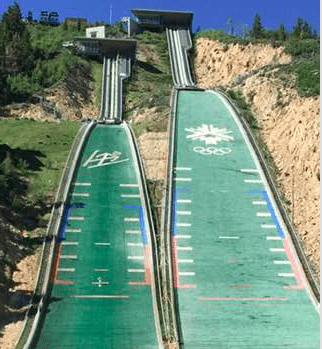
On the 120 meter jump hill, the Olympic rings and symbol remain.
The mission of the Utah Olympic Park is to train elite athletes. Administrators have found ways over the years to pepper in summer activities to give visitors interactive activities to do like inner tubing down the nordic ski jumps.
Tubing causes minor, normal wear and tear on the green summer plastic. Causing further normal wear and tear are the adhering and removing of large cargo nets year after year utilized to hold the snow onto the jumps in the winters.
Park City’s Olympic venue is one of only a fraction of global venues lucky enough to have plastic on its hills.
The summer plastic training simulates the precise winter competition experience. Park City Ski and Snowboard (PCSS) athletes wear the same skis, boots, helmets and suits and do the same movements as Olympic-level athleticism which makes year-round training a positive addition to the sport. For example, the UOP’s summer swimming pool only partially simulates freestyle aerial winter training at an Olympic-level of athleticism and the summer sliding track doesn’t simulate the extreme experience of winter bobsled, luge or skeleton Olympic-level of athleticism whatsoever.
When the custom white pieces of plastic were ordered/installed 25 years ago as a unique Olympics image, it was a more simple/streamlined process than is possible to replicate in these times. Therefore, extra green pieces that were already at the UOP are the modern-day replacements. The colors are merely cosmetic and have no bearing on performance or safety.
Multiple entities team up at the United States Olympic and Paralympic Committee Training Site (USOPC), thusly, the UOP has the jumps and USA Nordic has the jumpers.
Its change-out may have been inevitable, it had a good long run and the iconic jumper may be gone but it won’t be forgotten as it lives on in perpetuity in the form of tattoos on Gregor Linsig and Robert Lock, two ski jumping competitors-turned-coaches.
